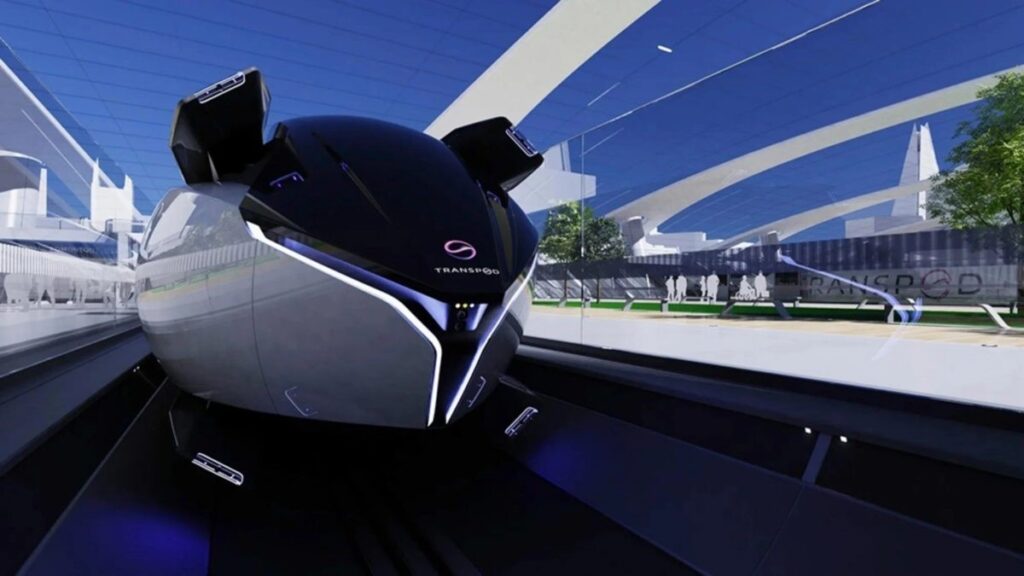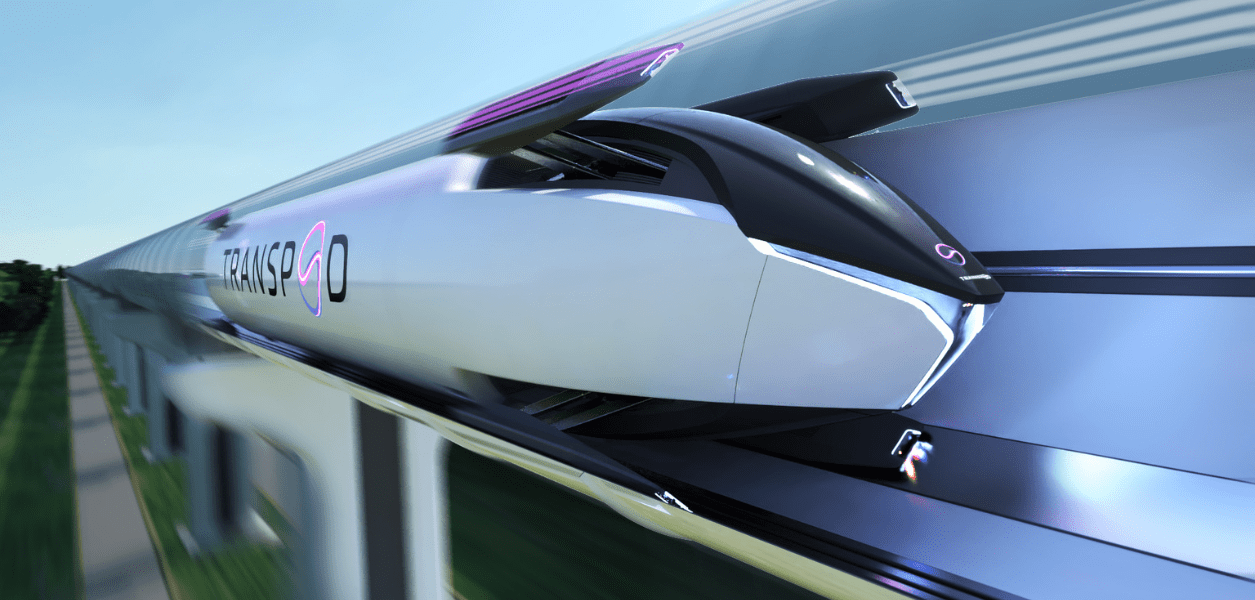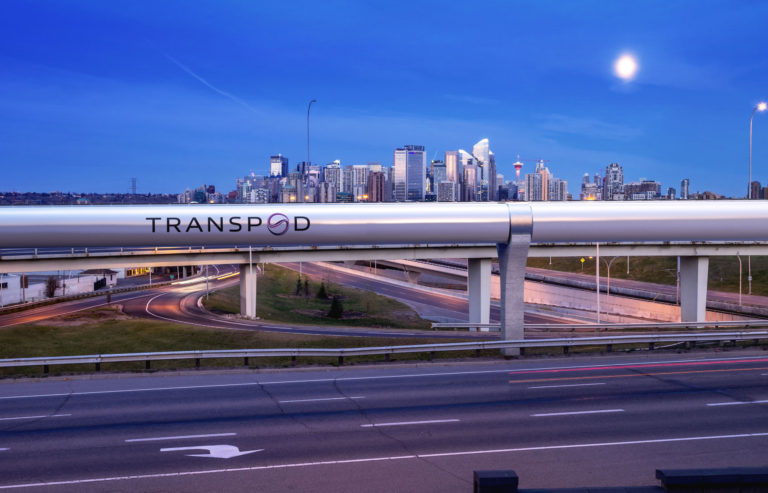Canadian travellers are set to be spending a lot more time hovering just above the ground over the next few years – assuming they’re partial to alternative modes of high-speed transportation. Earlier this June, domestic startup TransPod announced its new FluxJet concept: the latest evolution in ground-based passenger systems, intended to combine the speed of a private charter plane with the affordability and convenience of traditional railways.
The project, which is of the increasingly popular vacuum tube variety, utilises numerous experimental technologies that will theoretically enable it to reach speeds in excess of 1,000 km/h – two to three times faster than existing maglev or HSR systems.
Spokespeople for the company explained that these include a contact-free power transmission and passenger pods designed to take advantage of (the suitably legit-sounding) area of “veillance flux” physics. In concert with low-pressure tubes which significantly reduce aerodynamic drag during travel, TransPod has indicated that the FluxJet will cost approximately 44% less than a plane ticket in order to use – a projection that has already been met with interest from consumers and government entities.
Clearly positioned as the Canadian analogue to Virgin’s Hyperloop, FluxJet promises the same sort of convenient, devastatingly sustainable mode of travel that has become a lodestone for the global transportation industry.
Despite the fact that TransPod has yet to fully discuss the details of how its new high-speed train hybrid will be rolled out – one that is projected to trim Canada’s carbon footprint by about 636,000 tonnes per year – investors (led by a consortium of British and Chinese firms) have already poured $550 million into the company.
These funds will be allocated to the ongoing development and track-testing of FluxJet over the next four years: a crucial step in TransPod’s ultimate plan to have its first intercity line (between Calgary and Edmonton) operational by 2027.
Should the project prove successful in its native Canada – estimated to require a total of US$18 billion (AU$20 billion) in infrastructure investment – the company has already hinted at the possibility of a future on Antipodean shores. “Discussions are already happening in Australia to connect Sydney [and] Brisbane,” said Sebastian Gendron, TransPod CEO, in an interview with CNN earlier this month. You can learn more about FluxJet, and how the system utilises aircraft and ground transportation technology in the video above.


